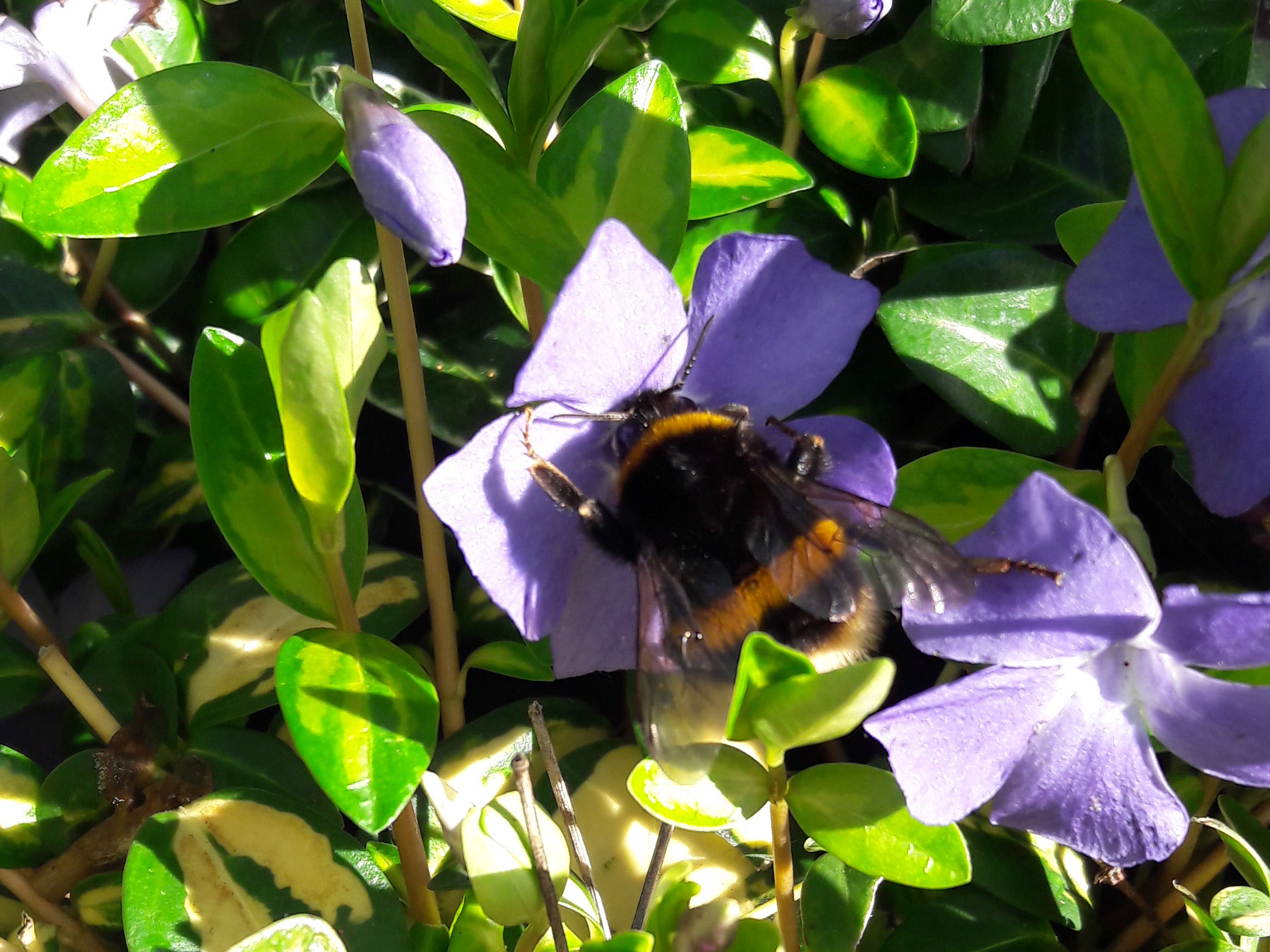


When discussing pollinating insects, a lot of attention is given to honey bees, but bumblebees are actually more effective pollinators. There are several reasons why: bumblebees are generally hairier and their fuzzy bodies pick up more pollen; some bumblebees have shorter tongues whereas others have very long tongues, meaning as a group, they reach a very diverse range of plants; and crucially, they use a method called buzz pollination.
When a bumblebee visits a flower, she contracts her flight muscles, causing strong vibrations. These vibrations result in an explosion of pollen that covers the bee. While she will collect most of these pollen grains and store them in the pollen baskets on her hind legs, some of them will be left in her hair and get transported to the next plant, thereby pollinating the flower.
I usually say “she” when referring to bees because most bees are female, including all of the worker bees. The worker bees are the ones doing most of the foraging for nectar and pollen, which means they are the ones doing most of the pollination! Male (or drone) bees also visit flowers, but they do not have pollen baskets and only need to visit enough flowers to keep themselves fed.
So next time you see a bumblebee visiting a patch of flowers, keep your ears alert for the rich, glorious sound of buzz pollination!